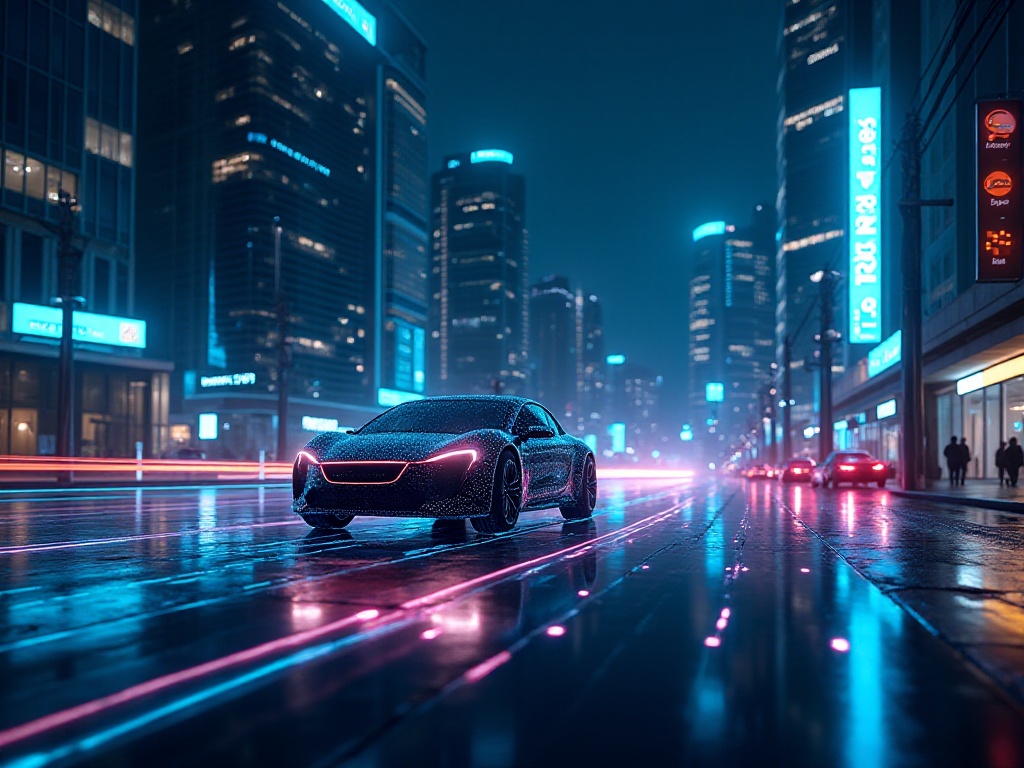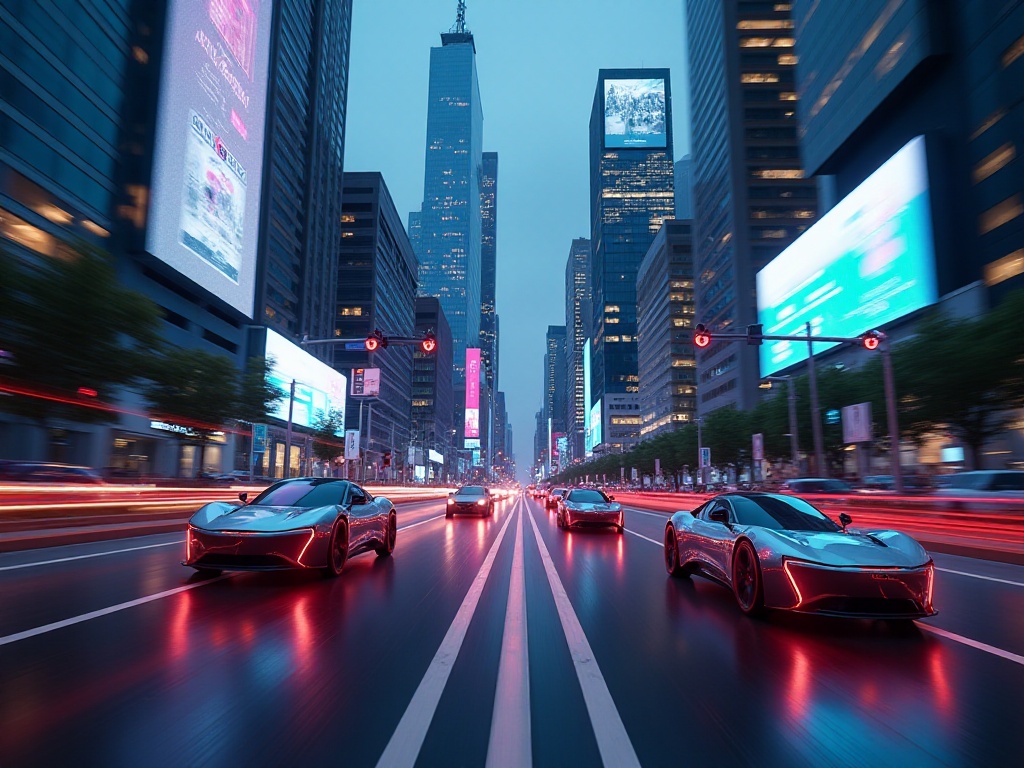Opening Thoughts
Fellow friends, I've been researching AI applications in traditional industries recently, and it's truly mind-blowing! I know many of you might think AI is just like ChatGPT, capable of chatting and writing articles, but today's AI has become incredibly powerful beyond imagination. It has not only penetrated every aspect of our daily lives but also outperforms humans in many fields.
I recently conducted an in-depth investigation and found that AI is quietly changing everything around us. Whether it's food, clothing, housing, transportation, work, or life, AI's presence is ubiquitous. What particularly surprised me is that in some traditional industries, AI applications have reached a considerably mature level and continue to advance at an astonishing pace.
Transportation Revolution
Speaking of transportation, there's so much to say. Remember how painful it was to hail a taxi before? Especially on rainy days or when running late, anxiously waiting by the roadside with no idea when a taxi would come. Even after finally getting one, you'd worry about drivers taking detours to charge more. Looking back now, that experience feels like it's from another century.
Now, platforms like Didi and Uber have completely transformed this situation with AI technology. Their AI systems can accurately predict ride demand for each time period and area, deploying drivers in advance to greatly reduce waiting times. More impressively, AI can plan optimal routes based on real-time traffic conditions, historical data, and multiple other dimensions. The other day when I took a ride to the airport, the AI-recommended route was ten minutes faster than my usual shortcut, making me, an experienced driver, feel humbled.
Speaking of autonomous driving, Tesla must be mentioned. Last year, my friend bought a Tesla Model Y and let me experience their latest autopilot system - it was absolutely amazing! While we were on the highway, the system automatically assessed the traffic flow ahead and executed a perfect lane change. The entire process was smooth and more stable than many experienced drivers.
What shocked me more was the system's response speed. It can process data from dozens of sensors simultaneously in the blink of an eye, including eight cameras, twelve ultrasonic sensors, and millimeter-wave radar information. It processes 250 decision points per second - what does that mean? It's equivalent to handling 250 judgments like "should I change lanes," "should I brake," "should I accelerate" in one second. Even professional race car drivers couldn't process this much information simultaneously.
Not just Tesla, many traditional automakers are also accelerating their autonomous driving development. For instance, Mercedes' Drive Pilot system can already achieve Level 3 autonomous driving on certain roads. BMW and Audi have also launched similar systems. It's foreseeable that in the near future, we might really be able to browse our phones or watch movies in the car, leaving the driving entirely to AI.
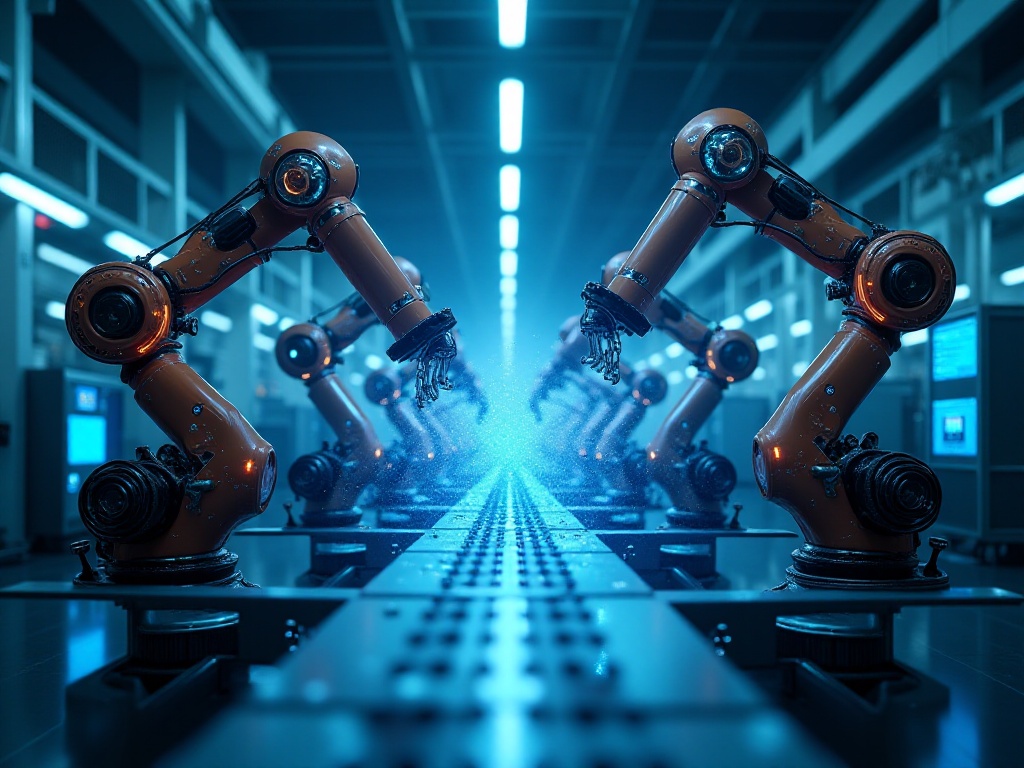
Medical Future
AI applications in healthcare truly show promise. Last year, my cousin had a chest X-ray at the hospital using an AI-assisted diagnostic system. This system was incredible - it could complete image analysis in seconds with a 97% accuracy rate. Traditional manual film reading not only takes 15-20 minutes, but doctors can also get fatigued after reviewing many images, increasing the error rate.
But AI systems don't get tired; their attention remains at peak performance. They can also detect subtle abnormalities that are hard to notice with the human eye. Through deep learning algorithms, this system has "learned" from millions of medical images, accumulating rich "experience." It can identify various conditions including early-stage lung nodules, fractures, pneumonia, providing important diagnostic references for doctors.
Even more impressive is AI's application in predicting disease progression. Some hospitals' intensive care units now have AI early warning systems. These systems monitor patients' vital signs in real-time, including heart rate, blood pressure, oxygen levels, temperature, while combining patient history and medication records to predict possible complications.
A doctor friend told me that after introducing this system, their hospital could detect signs of deterioration 4-6 hours earlier on average. What does this mean? In critical situations, intervening 4-6 hours earlier could be life-saving. Statistics show that their hospital's success rate in rescuing critically ill patients increased by nearly 20% after using this system.
Besides diagnostic assistance and early warning, AI also plays a crucial role in drug development. Traditional new drug development typically takes 10-15 years and billions of dollars. But with AI's help, this process can be significantly shortened. AI can quickly analyze massive molecular structures, predict drug activity and toxicity, helping researchers screen the most promising drug candidates.
I recently saw a case where a pharmaceutical company used AI to design a new antibiotic molecule in less than two years. Such efficiency is completely unimaginable in traditional drug development. Moreover, the molecular structure designed by AI was quite unique - something human scientists might not have conceived.
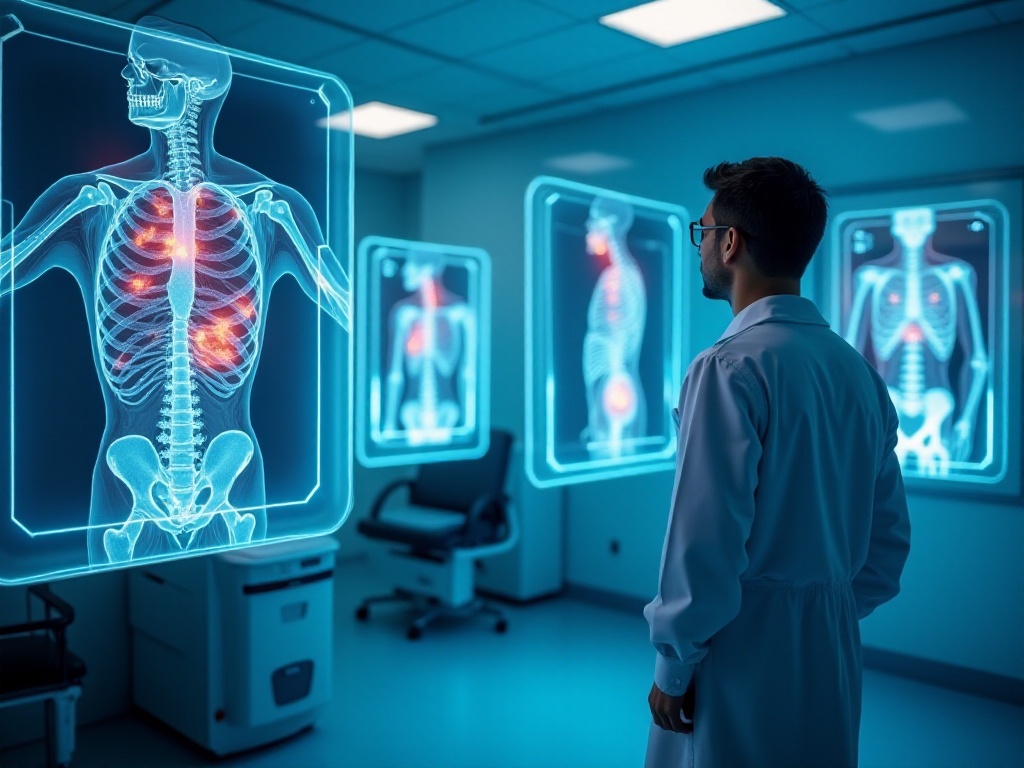
Smart New Experience
Talking about smart homes, it has truly elevated our quality of life by several levels. I installed a smart thermostat at home, and it understands me incredibly well! Initially, I thought it was just a regular thermostat with remote control capabilities, but after using it for a while, I realized I was completely wrong.
This thermostat has a powerful learning algorithm that records each family member's routines and temperature preferences. For instance, it noticed my mom gets up at six every morning and prefers slightly warmer temperatures, so it automatically raises the living room temperature around five-forty. When we all leave for work at nine, it automatically lowers the temperature to save energy.
Most amazingly, it adjusts heating or cooling times based on factors like outdoor temperature and solar radiation intensity. For example, if it predicts tomorrow will be particularly hot, it will lower the room temperature in advance so the air conditioner won't have to work as hard. Thanks to these smart features, I saved about 30% on electricity bills last year - enough to buy a new phone!
As for smart voice assistants, although they sometimes create amusing situations, they've undeniably brought many conveniences to life. At first, I felt silly talking to the air, but now I'm completely used to it. In the morning, I can ask about the weather and whether to bring an umbrella while lying in bed; when cooking with oily hands, I can control music with voice commands; when lying on the couch at night not wanting to move, I can just call out to turn off the lights.
Recently, these smart voice assistants have made new progress and can understand more complex commands. For example, you can say "dim the living room lights a bit, but not too dark, and play some soft music at moderate volume," and it will perfectly execute this multi-step command. More impressively, it can understand your meaning from context. If you say "not this one, play something else," it knows you want to change the song without asking what you want to change.

New Design Approach
As a content creator who frequently needs to design, I'm particularly interested in AI applications in design. Honestly, development in this area has been much faster than I imagined. Take Pixso AI for example - it's like a cheat code for designers. Previously, creating a poster would take at least two to three hours from concept to completion. Now with AI, you can describe the effect you want and get results in minutes, with quite impressive quality.
Recently, I used Pixso AI to create social media graphics for a brand, and the whole process was fascinating. I just described in words "want a fashionable minimalist style, with blue and gold as main colors, conveying a sense of technology and future," and the system generated several proposals. Each proposal was professional, with appropriate composition and color schemes, not at all looking machine-generated.
More impressively, this AI can learn your design style. The more you use it, the better it understands your aesthetic preferences. Sometimes it generates proposals that match my ideas so well, I wonder if it secretly looked at my design portfolio. And its creativity can be truly stunning, coming up with ideas I wouldn't have thought of.
However, to be honest, AI design tools still have some limitations. For instance, they're not perfect in handling certain details and sometimes require manual adjustment. But considering their development speed, I think these issues will be resolved soon. For designers, AI isn't a threat but a powerful assistant. It can handle many repetitive tasks, giving us more time and energy for truly creative work.
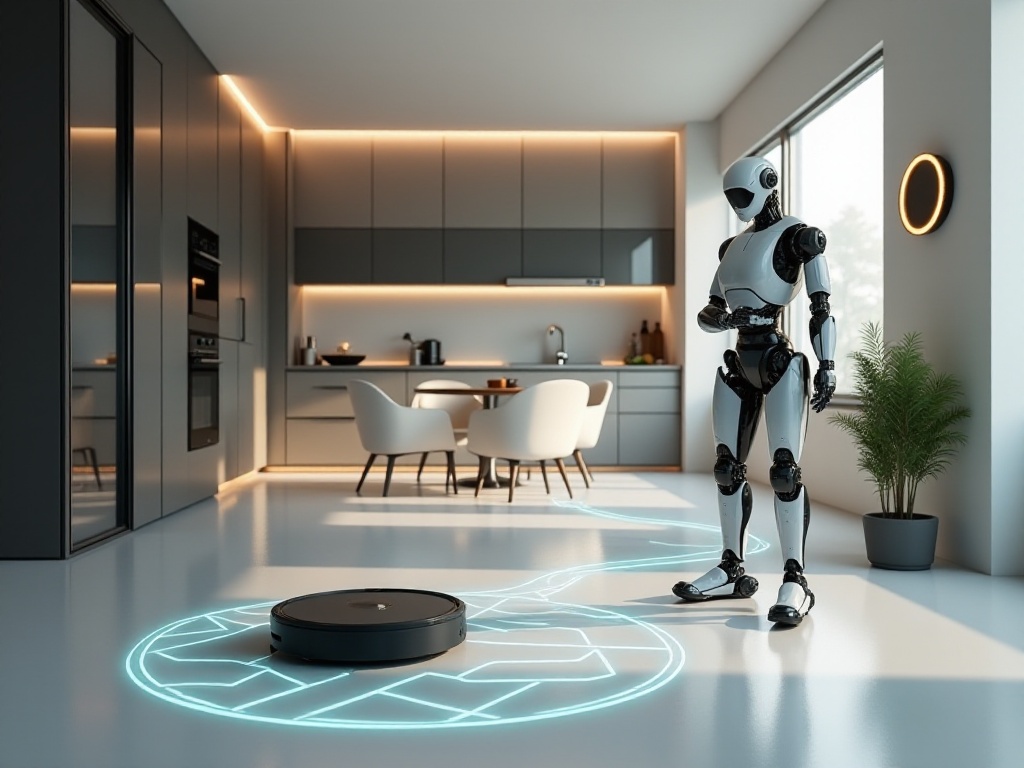
Conclusion and Reflection
Looking at these amazing changes, I'm truly excited about the future. AI is changing our lives in unprecedented ways, and the pace of change continues to accelerate. But at the same time, I'm pondering a question: in this technological revolution, how can we better utilize AI to improve our work efficiency and quality of life?
I think the key is to embrace these new technologies with an open mind, actively learn and try them, rather than reject or fear them. AI will indeed change many traditional ways of working, but it will also create new opportunities and possibilities. What's important is to think about how to work collaboratively with AI, leveraging human unique creativity and judgment.
Finally, I'd especially like to hear your thoughts and experiences. Have you encountered any impressive AI applications in your daily life? What's your attitude towards AI development? Please share your views and stories in the comments!


